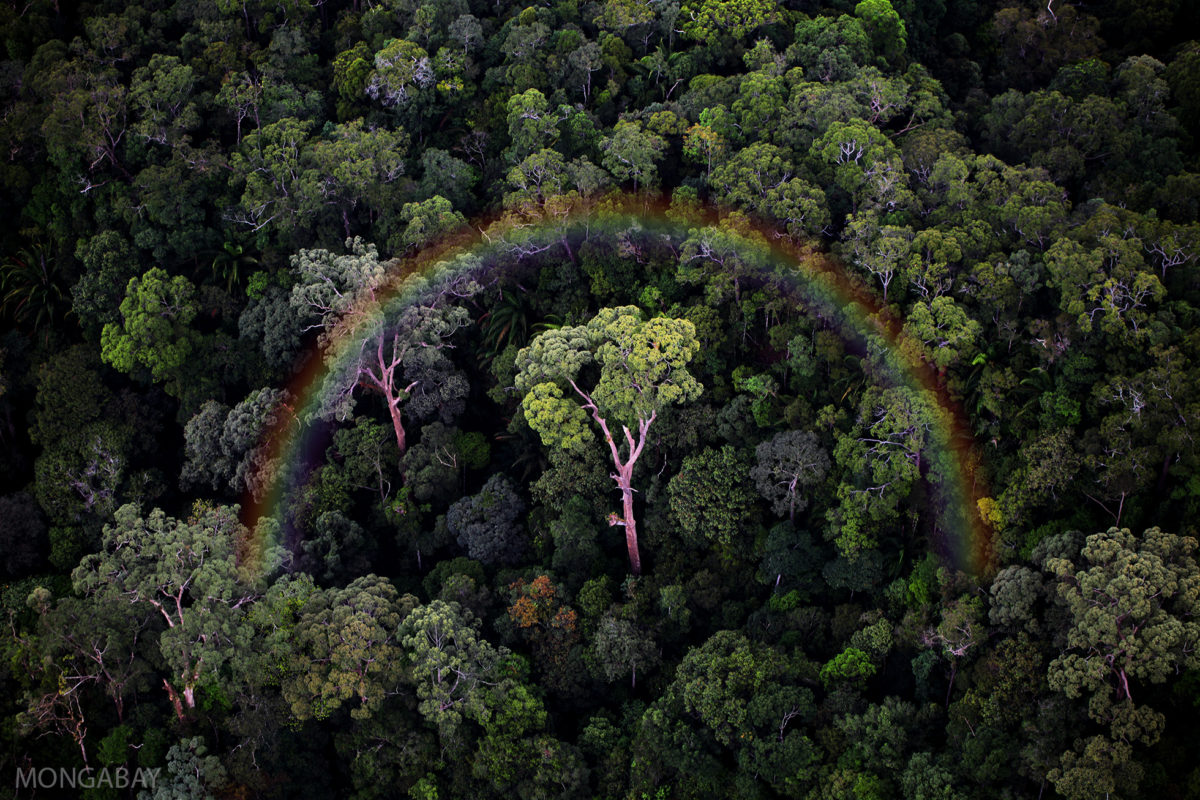- Forest issues are probably Mongabay’s most regular kind of news coverage.
- Here’s what our forests editors chose as the most intriguing stories of the past year, from Bangladesh to Brazil.
- Leave your own top forests stories of the past year in the comments section.
Throughout 2018, forests continued to be threatened and destroyed. From the Amazon, to the Congo Basin, to the Mekong Delta and scores of places in between – journalists reporting for Mongabay filed hundreds of stories about the world’s forests.
Although the significance of any one story is difficult to gauge in the short-term, several Mongabay reports from 2018 stood out. These pieces dealt with illegal timber trafficking, advances in technology-based environmental protections, and human rights protections for the people doing environment-defense work – formal and informal.
The last trees of the Amazon

A team of journalists from five Latin American countries investigated how groups of timber traffickers manage to steal and process timber from the Amazon. Illegally-sourced timber from Peru, Bolivia, Brazil, Ecuador, and Colombia are incorporated into the international market with falsified official documents that are almost never verified. Timber traffickers are now pursuing new species of trees, but the countries’ governments do very little to protect the species. Reported by Nelly Luna Amancio of Ojopublico and translated by Sarah Engel for Mongabay Latam.
Environmental reporting in Vietnam often a comedy of errors

Vietnam’s global press freedom ranking is one of the lowest in the world. Reporters Without Borders ranks Vietnam 175 of 180 in its 2017 annual press freedom index. Environmental journalists in Vietnam, including citizen journalists and bloggers covering forests or pollution issues, routinely face roadblocks and sometimes jail time. Reported by Michael Tatarski in Vietnam.
Land restoration in Ethiopia makes progress
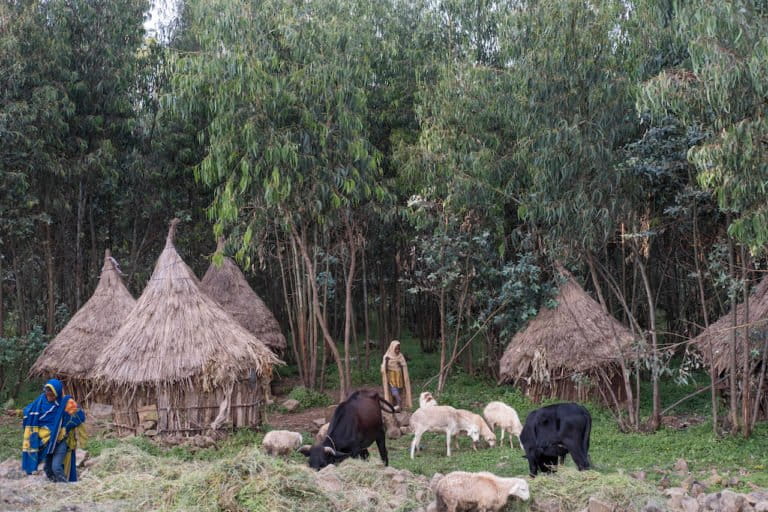
In Meket – a district in Ethiopia’s Amhara National Regional State (ANRS) – efforts are underway to restore what experts say is one of the more severely deforested and degraded regions in the country. Of the land in ANRS, less than 2 percent forested land remains, and efforts are underway to restore degraded and deforested areas. In 2016, Ethiopia turned to forestry sector development projects in the form of short rotation planting and rehabilitation of degraded lands in ANRS and other districts. Reported and photographed by Maheder Haileselassie Tadese in Ethiopia.
How land is stolen in Colombia

Mongabay learned that the Superintendent of Notary and Registry has a record of empty lands being used illegally in seven Colombian departments. The illegally-used land is in the departments of Norte de Santander, Antioquia, Meta, Caquetá, Casanare, Cesar, and Vichada. The land makes up a total of 762,807 hectares (almost 1,885,000 acres). Reported by Maria Fernanda Lizcano and translated by Sarah Engel.
Bangladeshi forests stripped bare as Rohingya refugees battle to survive

Their panicked dash from burning villages involved stumbling through forests or battling monsoon-charged waters in search of safety. Along the way and in makeshift shelters and eventually camps, refugees needed a massive supply of firewood and shelter for survival. The rapid decimation of the forest is also possibly contaminating groundwater supplies. Reported and photographed by Kaamil Ahmed on the Bangladesh-Myanmar border.
In Brazil, an island laboratory for Atlantic Forest restoration
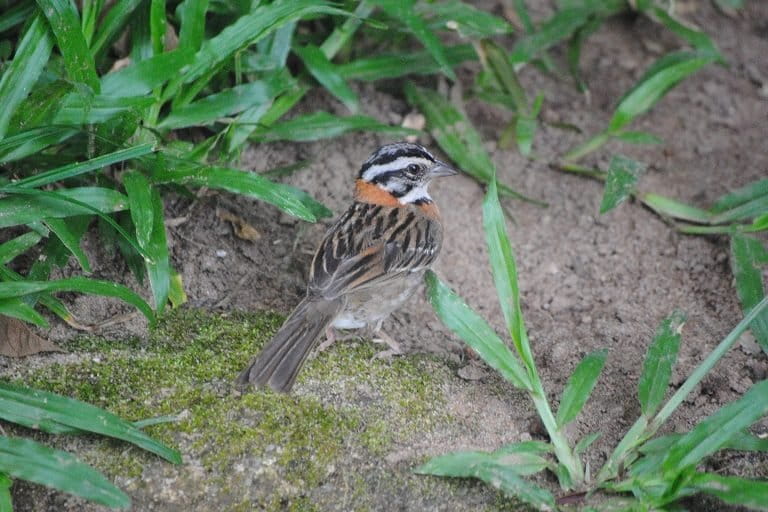
Anchieta Island, just off the coast of Brazil near São Paulo, has seen the worst side of humans. Now, scientists and local authorities are laboring to restore its biodiversity. The island is located 800 meters (about 874 yards) from the municipality of Ubatuba, in one of the few regions of Brazil where the Atlantic Forest still thrives. Most of the island’s original forest was devastated over a long period of human habitation, and more recent attempts to introduce foreign mammal species have also had a significant ecological impact. Scientists are now studying the complex interactions at play during environmental restoration, including removing some invasive species, as they embark on an intensive reforestation program. Reported and photographed by Ignacio Amigo in Brazil.
Trase.earth tracks commodities, links supply chains to deforestation risk

Launched in 2016, Trase is an innovative Internet tool, available to anyone, which tracks commodities supply chains in detail from source to market, and can also connect those chains to environmental harm, including deforestation. Until the advent of Trase, knowledge of supply chains was sketchy and difficult to obtain. The Trase Yearbook 2018 is the first in an annual series of reports on countries and companies trading in such commodities as soy, sugarcane and maize, which also assesses the deforestation risk associated with those crops, making it a vital tool for environmentalists, governments, investors and other interested parties. The Yearbook shows that in 2016 the Brazilian soy supply chain was dominated by just six key players – Bunge, Cargill, ADM, COFCO, Louis Dreyfus and Amaggi – accounting for 57 percent of soy exported. In the past ten years, these six firms were also associated with more than 65 percent of the total deforestation in Brazil. Trase shows that zero-deforestation commitments (ZDCs) have so far not resulted in greatly reduced deforestation risk for the commodities companies and countries making them. Between 2006 and 2016, soy traders with ZDCs, as compared to non-committed firms, were associated with similar levels of deforestation risk. Written by Claire Asher.
Fire, more than logging, drives Amazon forest degradation, study finds
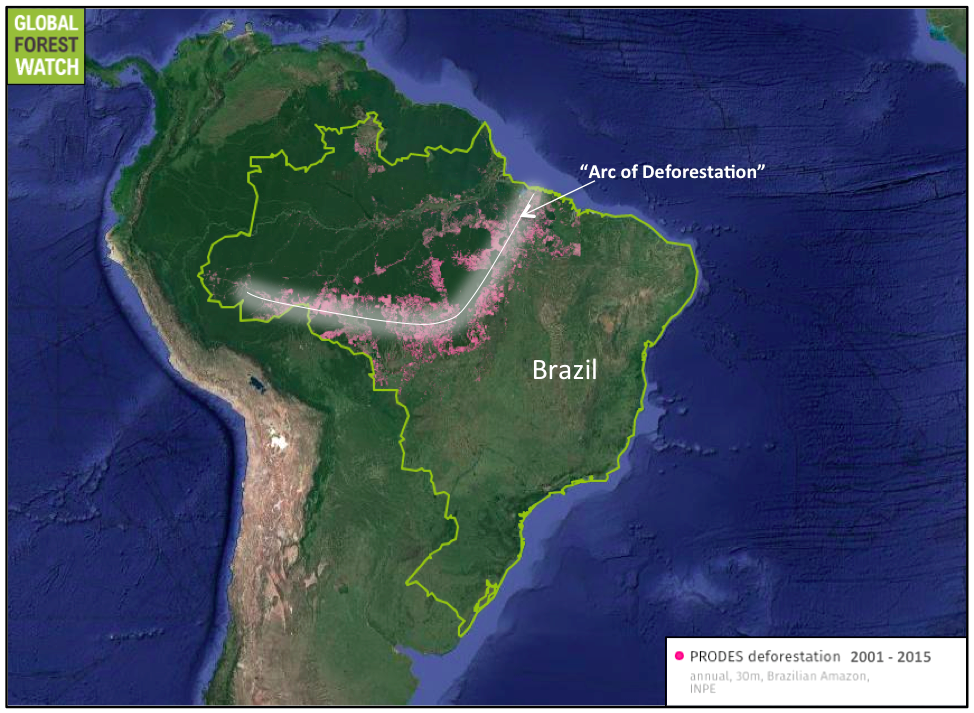
Forest degradation has historically been overlooked in accounting and monitoring carbon stocks. A recent study combined ground-based inventory, satellite and LiDAR data to record the loss of carbon due to forest degradation in areas exposed to logging, fire damage, or both, in the arc of deforestation of the southeastern Amazon. The study revealed that fire damage causes greater losses than logging, and fire-damaged forests recovered more slowly than logged forests. Accurate depictions of both deforestation and degradation are necessary to establish emissions baselines used to inform programs to reduce emissions from deforestation and forest degradation (REDD+). Written by David Klinges.
Seeing REDD: A database of forest carbon emission reduction projects
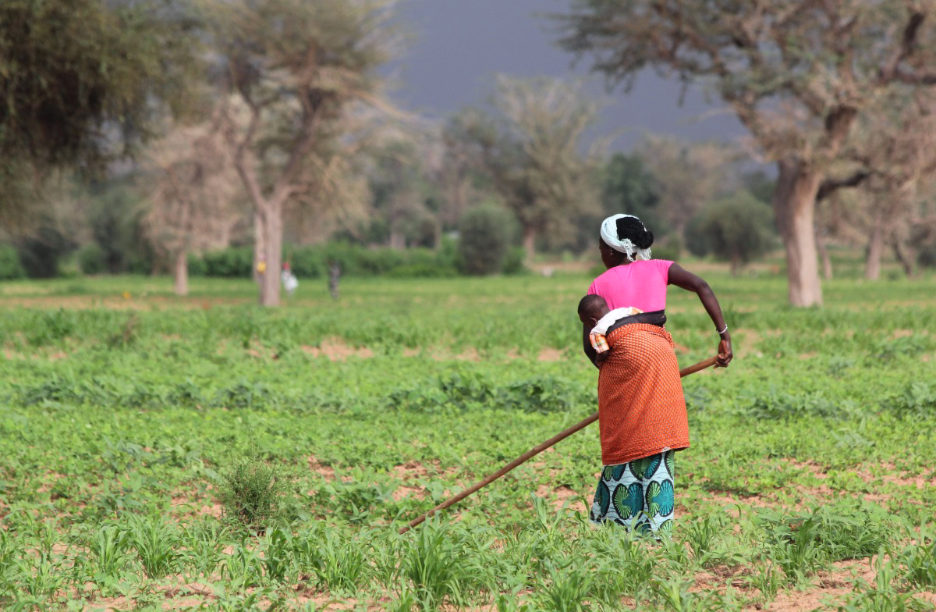
A searchable database of 467 forest carbon emissions reduction (REDD+) initiatives in 57 countries is now available through the Center for International Forestry Research (CIFOR). The ID-RECCO database gathers in one free online tool over 100 different categories of information – including project partners, activities, and funding sources – on these subnational projects aimed at conserving forests, promoting local economies, and reducing greenhouse gas emissions from deforestation and degradation. The tool makes these data and their sources accessible to anyone, with minimal interpretation: while it does not summarize project results, it provides goals, activities, and links to project websites for the reader to learn more. Written by Sue Palminteri.
India’s new forest policy draft draws criticism for emphasis on industrial timber

India’s Draft National Forest Policy 2018 is now open for public comment, and will replace the older 1988 policy once it comes into force. Critics are apprehensive about how the draft policy deals with community participation and industrial forestry. The current draft is bereft of knowledge-driven solutions, some experts say. Written by S. Gopikrishna Warrier.
